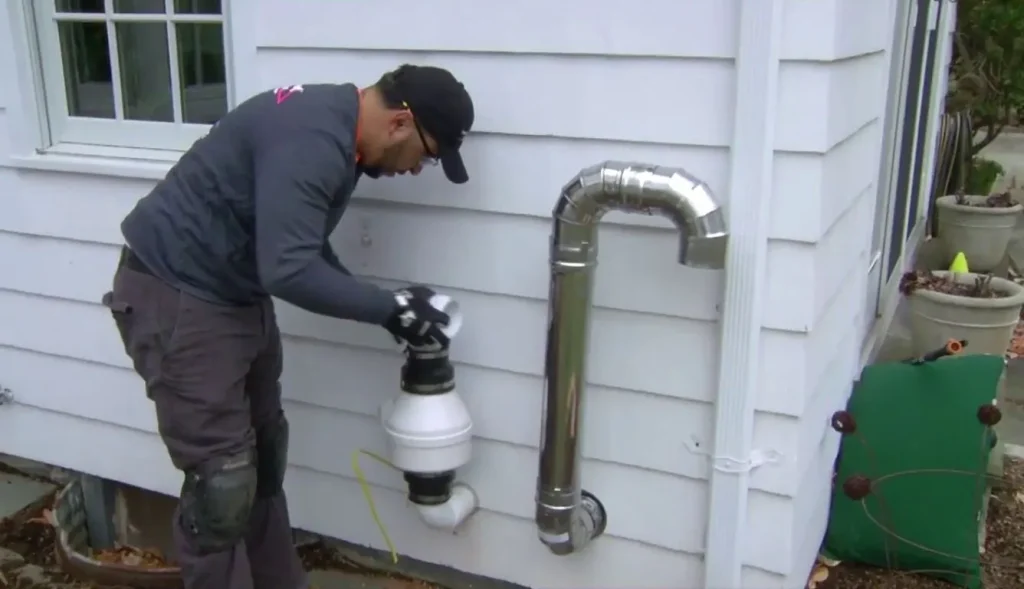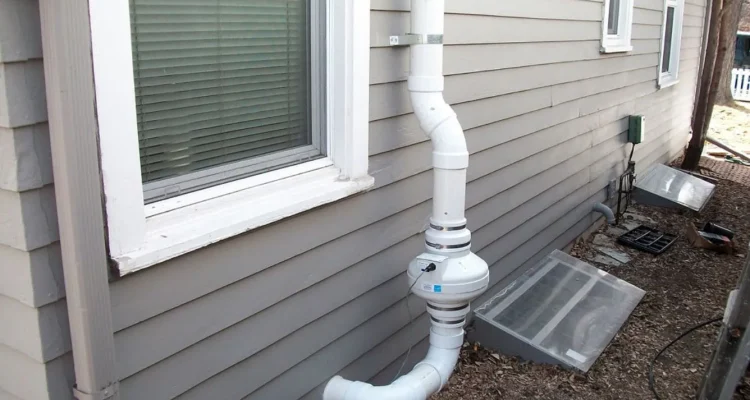Introduction
Radon is a term that might not be familiar to everyone, but understanding what it is and its potential impact on our health is crucial. In this article, we’ll dive into the specifics of radon, particularly focusing on what radon smells like and why it’s essential to know about it.

What Does Radon Smell Like?
Common Misconceptions
First things first, radon is an odorless gas. This means you can’t detect it by smell, sight, or taste. Many people mistakenly believe that they can identify dangerous gases by their scent, but radon slips under the radar because it lacks any sensory characteristics.
Sensory Characteristics
Since radon is odorless, it becomes even more insidious. Unlike gases such as natural gas, which has a distinct smell added to it for safety reasons, radon has no such marker. This makes it essential to rely on testing rather than sensory detection to know if it’s present in your home.
The Science Behind Radon
Formation of Radon
Radon is a naturally occurring radioactive gas formed from the decay of uranium in the soil. It’s colorless, tasteless, and as we’ve established, odorless. The process of radon formation is a natural part of the earth’s geology, and it can be found everywhere, though concentrations can vary significantly.
How Radon Enters Homes
Radon typically enters homes through cracks and gaps in the foundation. It can also infiltrate through well water, construction joints, and gaps around service pipes. Once inside, it can accumulate to dangerous levels, especially in areas with poor ventilation.
Health Risks Associated with Radon
Short-term vs. Long-term Exposure
The health risks associated with radon primarily arise from long-term exposure. While short-term exposure isn’t likely to cause immediate harm, prolonged exposure can lead to significant health issues.
Radon and Lung Cancer
Radon is the second leading cause of lung cancer after smoking. When radon gas is inhaled, radioactive particles can become trapped in the lungs. Over time, these particles can damage lung tissue and lead to cancer. This risk is especially heightened for smokers.
Detecting Radon in Your Home
Importance of Radon Testing
Given that radon is undetectable by human senses, testing is the only reliable way to know if it’s present in your home. The Environmental Protection Agency (EPA) and other health organizations strongly recommend regular radon testing.
Types of Radon Testing Kits
There are several types of radon testing kits available. Short-term testing kits are used for quick results, typically taking 2-90 days. Long-term testing kits are used for a more accurate reading over an extended period, usually more than 90 days. Both are effective, but long-term tests provide a more comprehensive picture of radon levels.
Steps to Reduce Radon Levels
DIY Methods
There are some DIY methods to reduce radon levels in your home. Improving ventilation, sealing cracks in floors and walls, and using radon sump systems are common approaches. However, these methods might not always be sufficient for high radon levels.
Professional Mitigation Services
For higher radon levels, professional mitigation services are often necessary. These experts can install specialized systems designed to reduce radon concentrations effectively. The cost can vary, but the health benefits make it a worthwhile investment.
Radon Levels in Different Regions
High-Risk Areas
Radon levels can vary significantly by region. Areas with higher natural uranium content in the soil tend to have higher radon levels. The EPA provides maps indicating high-risk areas to help homeowners understand their potential risk.
Regional Variations
Even within high-risk regions, radon levels can vary from one home to another. Factors such as construction type, foundation condition, and local geology all play a role in determining radon concentrations.
Legal Regulations and Guidelines
EPA Recommendations
The EPA has set an action level of 4 picocuries per liter (pCi/L) for radon. If testing reveals radon levels at or above this threshold, steps should be taken to reduce it. However, even levels below this can pose a risk and should be monitored.
State and Local Regulations
Many states have their own regulations and guidelines regarding radon. Some may require radon testing during real estate transactions, and others might offer resources and assistance for radon mitigation. It’s important to be aware of the regulations in your area.
Common Myths About Radon
Myth Busting
There are several myths about radon that need debunking. For example, some people believe that radon is only a problem in certain types of homes or that it’s only an issue in the winter. The truth is, radon can affect any home, and it’s a year-round concern.
Facts vs. Fiction
Understanding the facts about radon helps in making informed decisions about testing and mitigation. For instance, radon is not just a problem for older homes; new constructions can also have high levels if built on radon-emitting soil.
Personal Stories and Testimonials
Real-life Accounts
Hearing from people who have dealt with radon in their homes can be enlightening. Many have shared their stories of discovering high radon levels and the steps they took to mitigate it. These stories often highlight the importance of testing and early action.
Lessons Learned
Personal testimonials often reveal common lessons learned, such as the importance of regular testing and the peace of mind that comes with professional mitigation. These accounts can be motivating for others to take action.
Radon in Commercial Buildings
Importance for Businesses
Radon isn’t just a residential issue; commercial buildings can also be affected. For businesses, maintaining a safe environment for employees and customers is critical. Radon testing should be part of routine safety checks.
Mitigation in Commercial Spaces
Mitigating radon in commercial spaces can be more complex due to the size and structure of the buildings. Professional services often use specialized systems tailored to larger buildings to ensure effective reduction of radon levels.
Technological Advances in Radon Detection
Modern Detection Devices
Advances in technology have made radon detection more accessible and accurate. Modern devices are often more sensitive and can provide real-time monitoring of radon levels, offering better protection for homes and businesses.
Future Trends
Future trends in radon detection technology include more integrated systems that can alert homeowners through smart devices and improved accuracy in testing kits. As awareness grows, so too does the innovation in detection and mitigation solutions.
Environmental Impact of Radon
Radon in the Soil
Radon is naturally present in the soil, and its levels can vary depending on the geological composition. Understanding the environmental factors that influence radon levels can help in predicting and managing risks.
Radon and Water Supplies
In some areas, radon can also be found in water supplies, particularly from wells. While less common, this can pose an additional risk and requires specific mitigation techniques to ensure water safety.
Educating the Public About Radon
Awareness Campaigns
Public awareness campaigns play a crucial role in educating people about the dangers of radon and the importance of testing. These campaigns often involve partnerships between government agencies, health organizations, and community groups.
Resources for Learning
There are many resources available for those looking to learn more about radon. Websites, brochures, and community workshops can provide valuable information and support for homeowners and businesses alike.
FAQs
Can you smell radon gas?
No, radon gas is odorless, colorless, and tasteless. You cannot detect it through your senses.
How long does it take for radon to affect you?
Radon exposure primarily poses a risk over long periods. It can take years of exposure before health effects, such as lung cancer, become apparent.
Is radon only found in homes?
No, radon can be found in any building, including commercial spaces. It depends on the local geology and building construction.
What are the first signs of radon poisoning?
Radon exposure does not have immediate symptoms. Over time, it increases the risk of lung cancer, which may present symptoms such as a persistent cough, chest pain, and difficulty breathing.
How do you fix a radon problem?
Radon problems can be fixed through mitigation methods such as improving ventilation, sealing cracks, and installing radon reduction systems. Professional mitigation services are often the most effective.
Conclusion
Understanding what radon is and the risks it poses is vital for protecting your health and home. While you can’t smell, see, or taste radon, testing and mitigation are essential steps to ensure safety. Regular testing, professional mitigation, and staying informed about radon can significantly reduce the risk it poses.


Congratulation!